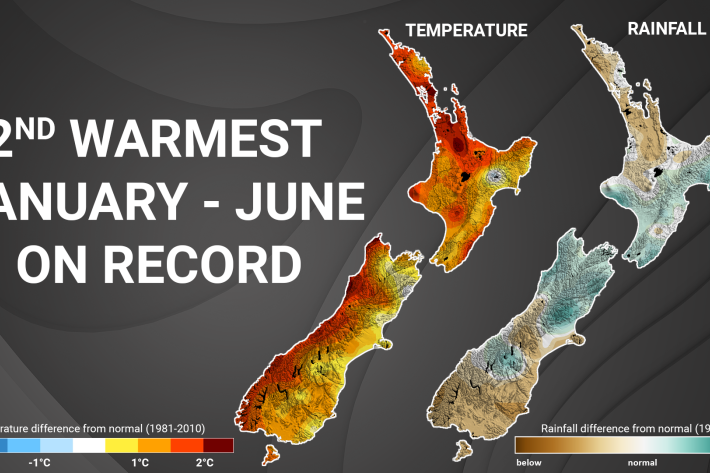-

Introduction: Climate change adaptation and flooding serious game
Education ResourceIn this lesson, you will play NIWA’s online serious game, My coastal futures. -

Learning intentions, success criteria and background knowledge
Education ResourceThis page outlines specific learning intentions, success criteria and key climate change background knowledge for these teaching resources. -

Investigating ecological impacts on freshwater insects from LED streetlight conversions
Research ProjectLittle is known what impact artificial streetlights have on flying freshwater insects which are integral to our waterway ecosystems. -

"Exceptional" August atmospheric river sets record
Media release25 August 2022NIWA meteorologists say last week’s atmospheric river (AR), which was responsible for widespread devastation in both the North and South Islands, was a record-breaker. -

Ocean services
ServiceHow can we help you? -

Working with Animals at NIWA
We aim to deliver the science that enables New Zealand to meet its environmental challenges and thrive in a rapidly changing world. To fulfil our purpose we need to understand the way animals live and survive as vital parts of the overall ecosystem. -

2020 Australian wildfires reveal significant hole in our understanding of ozone
Media release09 August 2022Smoke from the devastating Australian wildfires impacted the atmosphere in a way that’s never been seen before. -

Explainer: Uncertainties in flood risk assessments
Research ProjectUniversity of Canterbury’s Professor Matthew Wilson, one of the Mā te haumaru ō te wai research team, gives us some insight on uncertainty.weather -

IrriSET - Irrigation Strategy Evaluation Tool
IrriSET helps farmers to understand the economic viability and environmental efficiency of various irrigation strategies. -

2022 off to a searing start
Media release20 July 2022New Zealand’s weather is proving no exception to the record-breaking extremes occurring around the globe.


